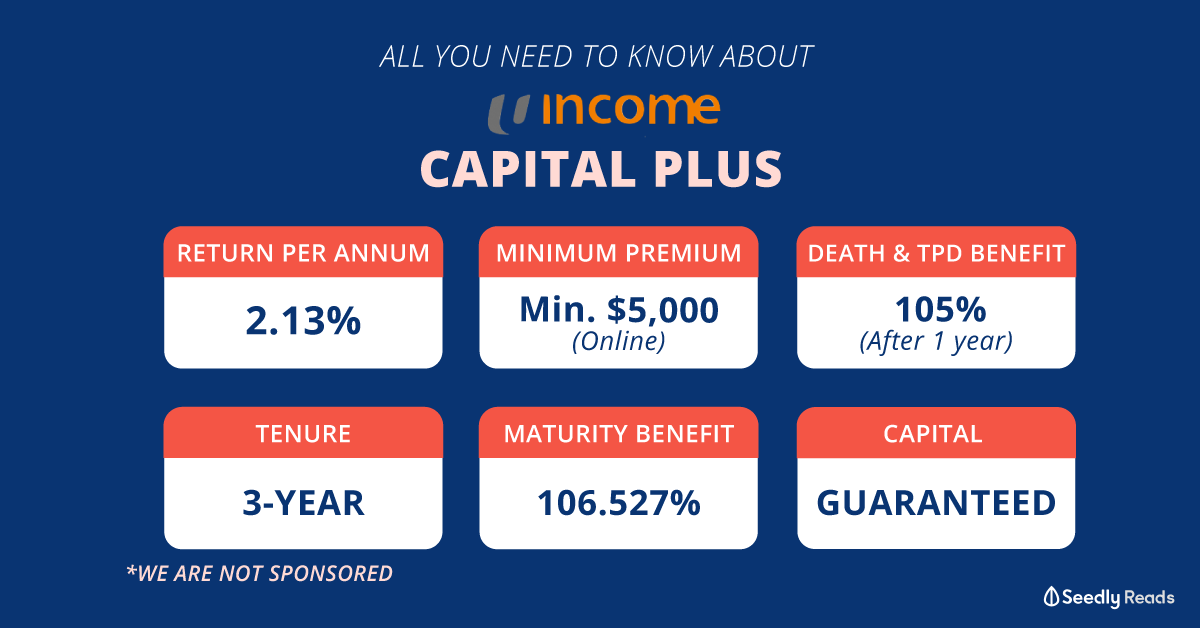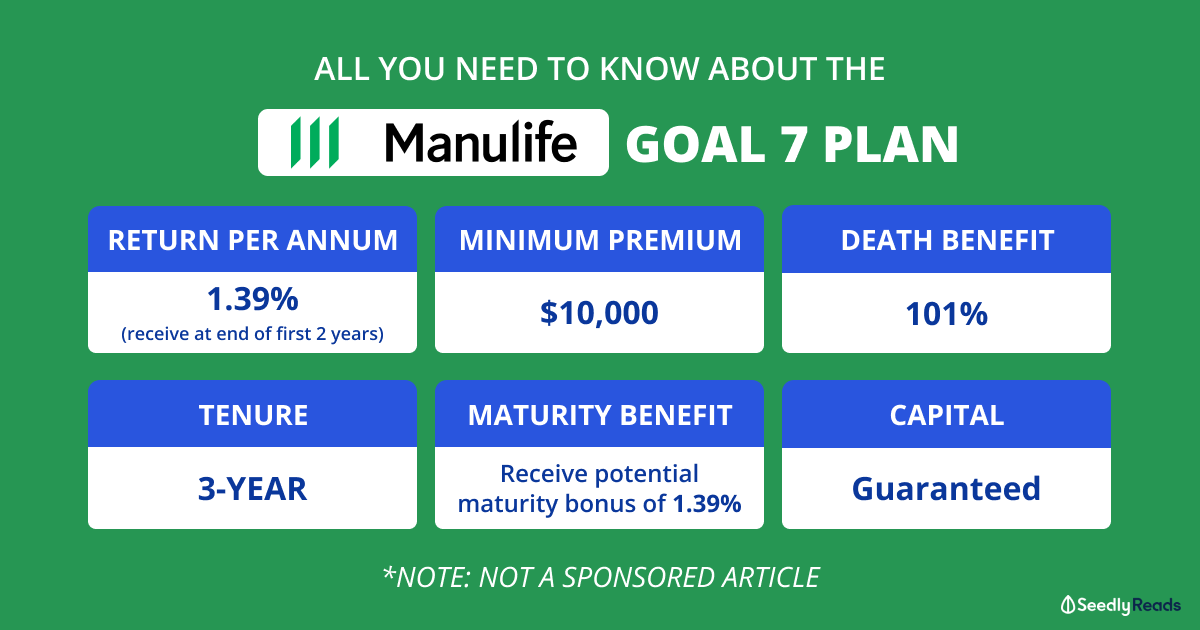Advertisement
Anonymous
How will endowment plans' returns fare now for new buyers? For longer term endowment plans, projection is at 3.25%. However, can these rates be achieved now to reach breakeven compared to previous years?
This question is not related to the recently popular Singlife or Dash Elastiq collboration. Problem with those plans are the need to constantly rebalance after the tranche ends.
2
Discussion (2)
Learn how to style your text
Elijah Lee
08 Aug 2020
Senior Financial Services Manager at Phillip Securities (Jurong East)
Reply
Save
Pang Zhe Liang
16 Jul 2020
Lead of Research & Solutions at Havend Pte Ltd
Above all, you must know that the illustrated investment rate of return (typically at 3.25% or 4.75%) is not your investment return. Instead, it is the participating fund's performance.
More Details:
Next, I will suggest for you to understand the bonuses rate for the plan as well as its accumulation rate. This is because not all plans are written the same way. Since these figures have a direct impact on your returns, therefore, it is certainly important to know the participating fund's capability.
More Details:
Reversionary Bonus and Terminal Bonus Singapore
On top of that, an insurer's track record will determine whether it is capable to apply smoothing and give you a stable rate of returns over time. Otherwise, there is simply nothing much that the fund can give to its policyholder.
More Details:
Smoothing of Bonuses Singapore
Generally, it is better to start early so that there is a longer period for the accumulation to grow. As for the returns, it will be good to obtain the latest policy illustrations from the insurer, and to understand its financial strength. This will be one of the key factors to determine whether the insurer is capable to provide the illustrated returns to you.
I share quality content on estate planning and financial planning here.
Reply
Save
Write your thoughts
Related Articles
Related Posts
Related Posts
Advertisement








Hi anon,
With MAS's new RBC-2 requirements, I expect that guaranteed returns will drop. Ultimately however, I would still say that par funds would generally perform somewhere between the two extremes of 3.25% and 4.75%. 3.25% is not very high, but 4.75% might be too optimistic. What is important however, is your net return after the bonuses are credited to you.
When we considering that a par fund would usually have around 60% in bonds and some 30% in equities, the long run return cannot be as high as a pure equity holding. However, with some equity weightage, they won't be that low either. Most funds have a 10 year average return of 4%+, while there may be one or two years out of those 10 that bonuses may be cut. If not, most years, your yearly bonuses (the reversionary bonus) will be credited as usual. If your plan just happens to mature in a year with bad returns, your terminal bonus could be cut. So you'll want to know the numbers for the reversionary and terminal bonuses for your policy if you want to dive deep into it.
Practically, as a consumer, what does that mean for you? I would suggest that you take the average of the 3.25% and 4.75% columns to see what your return would be like at maturity. Then, also take note that you need to calculate the IRR of your policy based on the numbers. The insurers may be able to achieve 3.25%/4.75% on their funds, but the true return after crediting may be lower. 3.25% true yield is still achievable, but it will be a stretch to hit 4%.